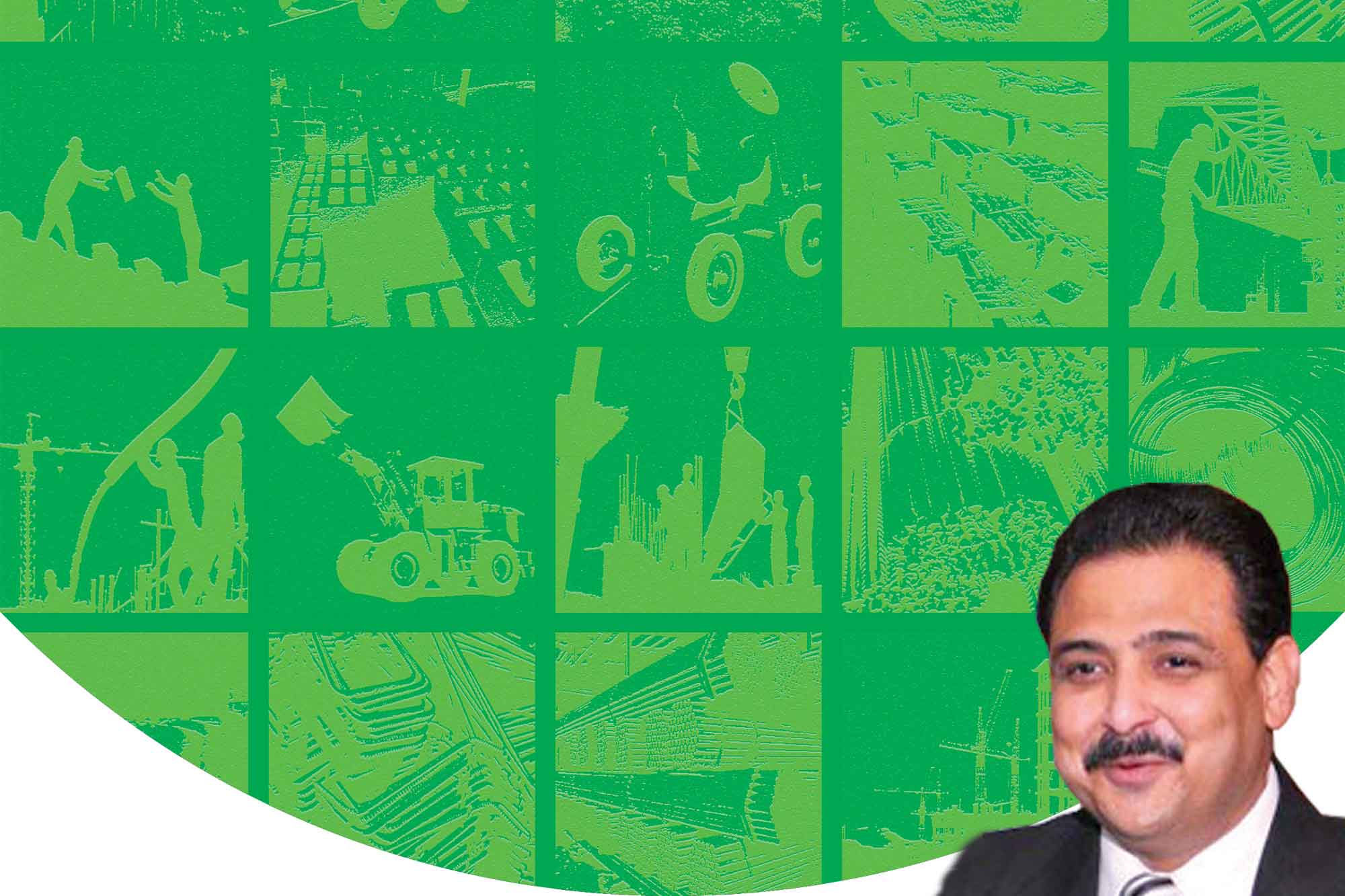“There is a sense of cautious optimism”
By Edit Team | December 30, 2015 9:05 am SHARE

The major factor which should be considered by a borrower is the financier’s understanding of his business.
In project finance sector, it has been observed that total project cost estimated by private developers are often much higher than the cost worked out by the government. What’s your comment in this regard?
This is a reality. A lot of factors come in play when a private developer estimates the total project cost. Firstly, the government estimates of the hard costs associated with a project are based on standard budgetary estimates which are often revised after a time-lag. The private estimates on the other hand are more ‘current’ and factor the prevalent prices. Current prices are sometimes as high as 10-12 per cent. Secondly, the government estimates are generally based on a fixed price basis. The private estimates normally take into account the risk premium associated with inflationary increase in the material and other costs. This is particularly relevant as the project period often gets elongated. Finally, the private estimates are sometimes more attuned to the global best practices when it comes to the quality of construction or the amenities attached. This cost is sometimes ignored in the government estimates.
How do you look at the current trends in procurement of CE finance?
The fortunes of the CE finance industry are linked to the infrastructure growth. The last couple of years have not been easy for the industry. The Centre of Monitoring Indian Economy (CMIE) compared FY14 to FY15 and reported adverse growth of stalled projects by 6.45 per cent and abandoned project by 46.37 per cent. However, there are signs of green shoots. The project revivals grew by 35.39 per cent in FY15 vis-à-vis FY14. The total value of tenders increase by 62 per cent year-on-year (YoY) to about ` 35,000 crore, again mostly led by infra projects, as quoted in the media. Additionally, output of 8 infra sectors expanded by 4.4 per cent in May 15 that is highest rate in past 6 months and further by 3 per cent in June 15. The July 15 growth data however signalled slowing down of this momentum. Hence there is a sense of cautious optimism.
What is crucial at this juncture is execution of intent. We need to see demonstrative effects of environmental clearances, mining contracts, Sarfaesi for NBFCs and above all a recent government vision of taking India among the top 30 of ‘Ease for Doing Business (World Bank Ranking)’ in the next 3 years. While equipment sale has fallen by 7 to 8 per cent in the 1st six months of this calendar year, I am still hopeful that quicker implementation of governments long term plans would be the key stimulus for revival.
What are the major factors a borrower should consider before making decision of availing CE finance?
The major factor which should be considered by a borrower is the financier’s understanding of his business. The interest and other costs are decided by competitive forces and normally don’t differ much. It is imperative that the financier understands the business model of the borrower and stays with him for the entire loan lifecycle. The financier should be aware of the cyclical and the seasonal factors which affects a customer’s business and should be ready as well as equipped to help the borrowers in times of distress.
Why a borrower should go for finance options offered by your company?
Our in-depth understanding of customers’ business model gives us the ability to design structured solutions that we deliver through our extensive network of 89 offices. We believe in offering simple solutions to complex problems. What differentiates us from the rest is our ability to provide an integrated ‘asset solution’ instead of being just the financier. We assist our clients across the life-cycle of assets from procurement, deployment, maintenance to final disposal.
In the recent past we have forayed into new areas of equipment financing – IT, healthcare, farm and pre-owned. We have expanded into new verticals primarily to gain entry into new markets and diversify our portfolio risks. Srei BNP Paribas is the first company to introduce pre-owned equipment finance. This has created several new borrowers and expanded the size of the market. In next five years we see the share of these new verticals in our total portfolio increasing to 30 per cent, with pre-owned equipment financing business becoming the yield maximiser.
Cookie Consent
We use cookies to personalize your experience. By continuing to visit this website you agree to our Terms & Conditions, Privacy Policy and Cookie Policy.





















